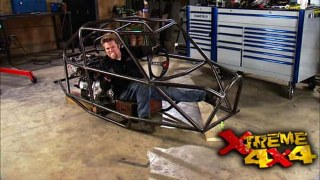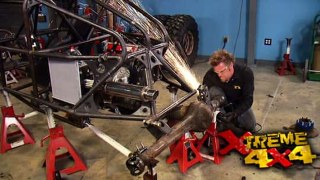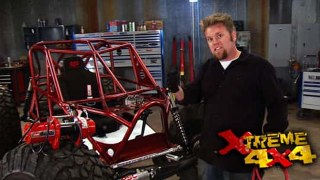Parts Used In This Episode
2020 Software Solutions, Inc.
Bend-Tech PRO software.
Allterrain Carts
All Terrain Welding Cart.
Certified Auto Recycling
Recycled Acura Integra motor and Honda Civic transmission.
Garage-Pak, LLC
Curtis CT and Ultra Reciprocating Compressor Series
, Curtis SE Series oil-injected rotary screw air compressors, Air Hose Reels for Garage Pak Compressed Air Piping Systems, Commercial Three Bay Professional Garage Pak Compressed Air Piping System.
Matco Tools
Electric cord reel, Folding metal welding table.
Miller Electric Manufacturing Co.
Dynasty series welder, Spectrum 375 X-TREME plasma cutter.
STOUT Tool Corp.
X-Band Cordless Band Saw and Cutting Station.
Tube Shark
SharkPool Combines TubeShark Bender & Notcher on Sturdy Rolling Bench.
Volunteer Welding Supply
Liner, Nozzle, .030 Tips, Solid Wire, Flux Wire, Cleaner Pads








